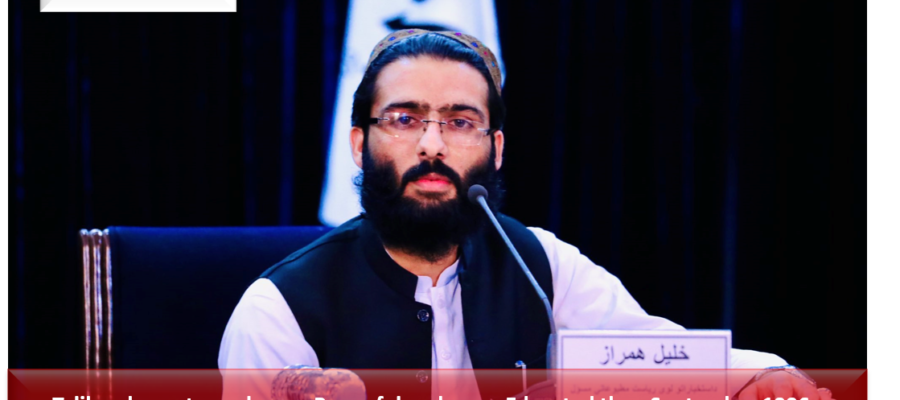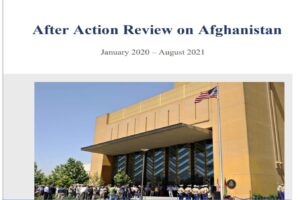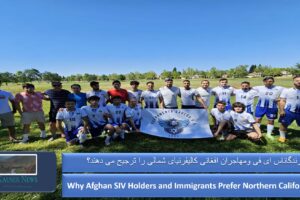Investigative journalism and reputable sources provide insights into the historical context and potential connections between various groups, including the Taliban and external actors.
‘’ The formation of the Taliban is traced back to the early 1990s in Afghanistan. The group emerged as a result of various factors, including the aftermath of the Soviet-Afghan War and the political and social dynamics within the country.
During the Soviet occupation of Afghanistan from 1979 to 1989, Afghan mujahideen fighters, including Islamic guerrilla groups, resisted the occupation with support from international actors, including the United States through the CIA and Pakistan’s Inter-Services Intelligence Directorate (ISI). Many of these mujahideen fighters were Pashtuns, the largest ethnic group in Afghanistan.
In the post-Soviet era, Afghanistan experienced a power vacuum and political instability, with different factions vying for control. In this context, the Taliban emerged as a group primarily composed of Pashtun tribesmen, including young individuals who had studied in Pakistani madrassas (seminaries). The word “Taliban” means “students” in Pashto, reflecting their background as students of Islamic studies.
The Taliban gained momentum and support, particularly from Pashtun communities, and gradually expanded their influence, eventually capturing Kabul and establishing their rule over most of Afghanistan by the mid-1990s.
The formation and rise of the Taliban involved complex factors, including political, ethnic, and societal dynamics. The group’s ideology, strict interpretation of Islamic law, and governance practices have shaped its actions and reputation over time.’’
The situation in Afghanistan has changed significantly since September 1996, when the Taliban first came to power. Several factors have contributed to the Taliban’s return to power and their increased influence in Afghanistan:
A Kauser News Agency Intelligence Researcher reached out to a few Taliban Key members on this topic.
Question: What factors have contributed to the Taliban’s return to power and their increased influence in Afghanistan?
Strategic alliances: The Taliban has formed alliances with various militant groups and factions, allowing them to strengthen their military capabilities and expand their influence. These alliances have provided the Taliban with additional resources, fighters, and support.
Financial resources: The Taliban has gained control over various sources of income, including extortion, taxation, and involvement in illicit activities such as drug trafficking. This has provided them with significant financial resources to fund their operations and consolidate their power.
Regional dynamics: The regional dynamics in Afghanistan have played a role in the Taliban’s resurgence. Factors such as the withdrawal of international forces, regional power struggles, and the involvement of neighboring countries have influenced the security and political landscape in Afghanistan, allowing the Taliban to capitalize on these dynamics.
Recruitment and education: The Taliban have actively recruited fighters and supporters, both within Afghanistan and from abroad. They have also invested in their own education system, particularly in areas under their control, providing an education to their members and supporters. This has contributed to a more educated cadre within the Taliban ranks.
Exploiting social and political grievances: The Taliban has capitalized on grievances within Afghan society, including issues of corruption, government inefficiency, and lack of security. Their ability to exploit these grievances and present themselves as an alternative to the existing government has contributed to their growing influence.
The Taliban’s return to power and increased strength has been accompanied by significant human rights concerns and security challenges. The impact on Afghan society and the international community is still unfolding, and it remains to be seen how the situation will develop in the future.
The Question: Did the CIA Covert program provide training to the Taliban from 2004 to 2020 on the Afghanistan and Pakistan Border?
The Taliban would not provide a direct answer to such a question, as sensitive activities like covert training would typically be classified and not openly acknowledged by any involved party. The complexities of the dynamics in Afghanistan and the region make it difficult to definitively ascertain the extent of covert activities or support provided by external actors.
The update is in the next article!





